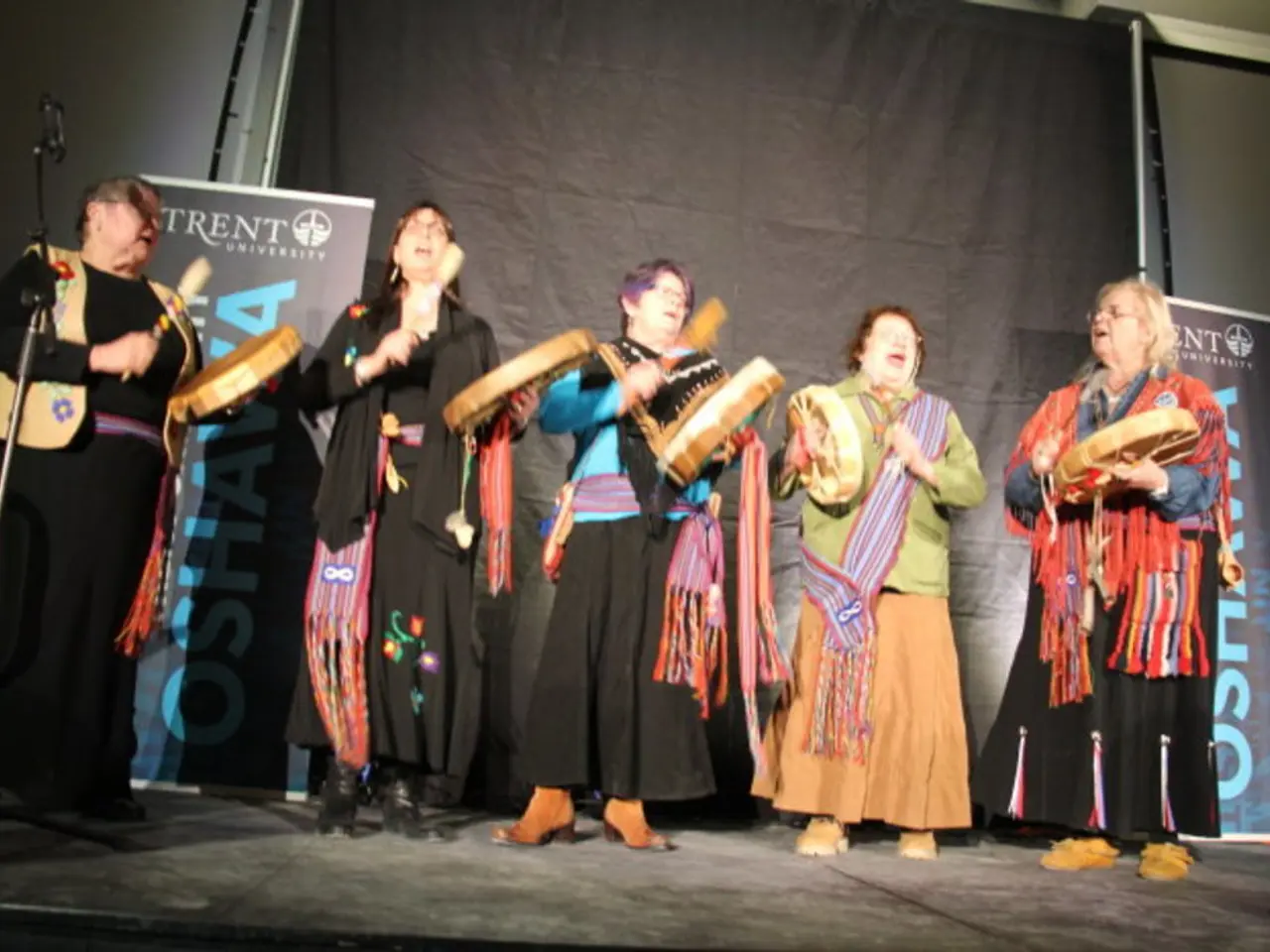Stolen Harmonies or Lifted Tunes
In the rich tapestry of American music, the contributions of Sephardic immigrants stand out as a unique blend of cultures and traditions. These immigrants, hailing from Spain and subsequently settling in diverse regions such as the Ottoman Empire and the Balkans, brought with them a wealth of melodies from Turkish, Yiddish, Hebrew, Greek, and Arabic sources, which they transformed into Ladino songs.
This process of cultural layering and musical fusion, known as contrafact, was a significant aspect of Sephardic music in America. The Elias Ladino Ensemble, for instance, has been noted for its performances of Sephardic songs originating from Greece, Turkey, and the Balkans. These songs, according to the ensemble, "date back to ancient Spain" but also "reveal melodies and rhythms of the Balkan and Middle Eastern communities where we lived in exile," demonstrating the deliberate melding of old and new cultural elements within their music.
Similarly, Susana Behar's project "Ladino Meets Latino" merges Sephardic and Latin American traditions, creating a harmonious blend of Ladino and Hebrew repertoires with the musical heritages of Cuba and Venezuela. This fusion highlights the ongoing cultural syncretism among Sephardic Americans.
The musical blending was not just an artistic endeavour but a deeply symbolic one. It encapsulated the Sephardic cultural identity in America, serving as a living archive of their migration history, linguistic survival, and multicultural integration. The songs often acted as communal expressions of memory, faith, and resilience, connecting Sephardic immigrants in the diaspora to their ancestral past as well as their new multicultural environment.
Performances and gatherings centred on Ladino music also functioned as social and cultural hubs where traditions were transmitted, communal bonds reinforced, and hybrid identities celebrated. Isaac Sene, for example, developed a large following at his weekly "Turktown" picnics in Southern California as president of the Sephardic Cultural Club. Sene, known for penning Ladino lyrics for the Hebrew melody of "Hava Nagila" and performing it in both Hebrew and Ladino, often shared the stage with Jack Mayesh, a popular Greek-Sephardic singer and cantor.
Mayesh, the founder of the Mayesh Phonograph Record Company, the only Sephardic record label in Los Angeles, was famous for his treatment of the Greek song, "To Kanarini," sung in Turkish as "Ah Sevgilim Bülbülüm," with Ladino lyrics.
The first commercial recording of the "Kâtibim" melody in the USA was performed without lyrics by Naftule Brandwein in 1924. However, a Ladino version of the final melody was recorded by Los Paşaros Sefaradis in Istanbul in 1995. Another notable adaptation is "Fel Shara," a Sephardic version of the "Kâtibim" melody with mixed lyrics that emphasize the cosmopolitanism of the Sephardic Egyptian population.
In essence, the Sephardic immigrants in America adapted multilingual melodies into Ladino songs, integrating diverse regional influences into a Judeo-Spanish linguistic and cultural framework. These songs reflect their complex cultural identity—rooted in Sephardic history but dynamically engaged with their diasporic and American contexts, preserving heritage while articulating new hybrid expressions of community.
- The fusion of Sephardic and Latin American traditions, as seen in Susana Behar's project "Ladino Meets Latino," is a reflection of the ongoing cultural syncretism within the lifestyle of Sephardic Americans.
- In the realm of food and drink, Isaac Sene, president of the Sephardic Cultural Club, gained a significant following through his weekly "Turktown" picnics in Southern California, where cultural traditions were transmitted and celebrated.
- The entertainment scene in America continues to preserve and celebrate Sephardic heritage, with the music industry showcasing adaptations like the Sephardic version of the "Kâtibim" melody, such as "Fel Shara," which underscores the cosmopolitan nature of the Sephardic community.




